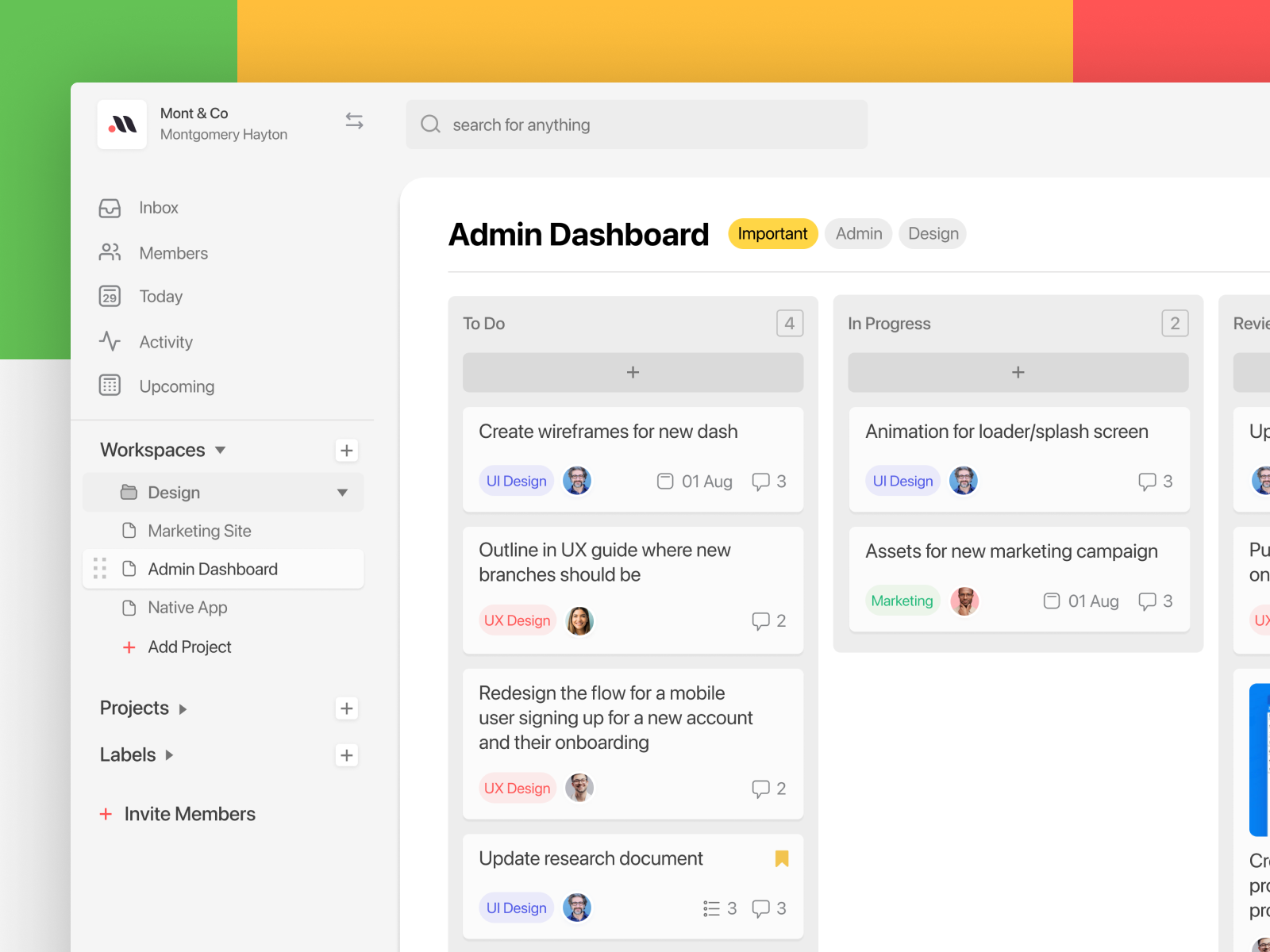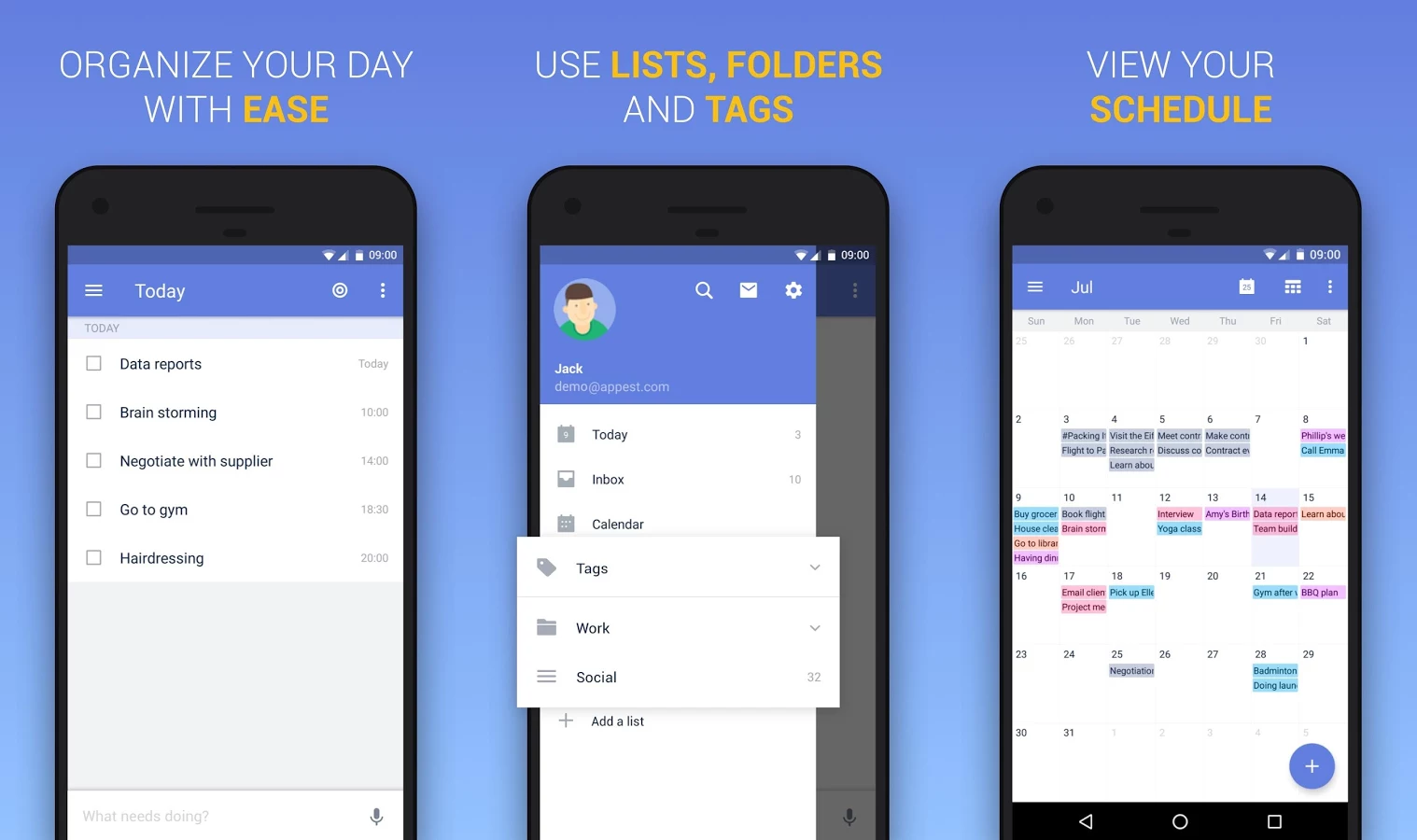

So how do you decide which apps to turn on and which (if any) to turn off? This, of course, depends on your specific organization’s needs and priorities.

While Microsoft Lists, Tasks in Teams, To-Do, and Microsoft Planner are all enabled by default, as an IT admin you have the option to disable them for some or all users. Want to get the scoop on ALL the tools in Microsoft/Office 365 and which ones are right for what jobs? We have compiled the ultimate guide to all the tools and what they do in our blog. With all the different list and task management apps available in Microsoft 365, it’s can be easy for users to get confused and be unsure which they should be using. Image: Microsoft Lists custom board exampleĪs an IT Admin, Should I Turn On All List/Task Management Apps? You can think of Microsoft Lists as a replacement for apps like Asana and Wrike from a list and table standpoint. You can use Microsoft Lists to create custom columns and tables, meaning you can use it to do things like track inventory, manage assets, make travel plans, and manage event itineraries. With Microsoft Lists, you are not tied to the Kanban board format of Microsoft Planner, so you can use it for different kinds of projects. You can certainly use it to replicate the functionality available in Microsoft Planner (although it would be more work that just using Planner), but the real value in Lists is that it can handle projects that are not strictly made up of tasks. Use Lists when you want a customized experience where you can control the fields, options, layout, views, and more. Microsoft Lists is perfect for scenarios where you need more flexibility and customization than Microsoft Planner allows. What is the ideal scenario for Microsoft Lists? And how exactly should we be using it? Image: Microsoft Lists across Microsoft Teams and Microsoft SharePoint However, you may be wondering how Microsoft Lists fits in with the existing Microsoft 365 tools that already exist to handle task and project management: To Do, Tasks in Microsoft Teams, and Microsoft Planner. This means users may no longer see a need to pay for these third-party apps. The new Microsoft Lists app adds a new way for Microsoft 365 project management apps to compete with task management apps like Wrike and Asana. It enables users to track issues, assets, routines, contacts, inventory and more using customizable views and smart rules, and alerts to keep everyone on your team on the same page. While it’s presented as a brand-new app, Microsoft Lists is actually a revamped and modernized version of Sharepoint Lists.

With the launch of Microsoft Lists, users have a new way to manage projects, lists, and tasks right in Microsoft 365. What does the dawn of Microsoft Lists mean?


 0 kommentar(er)
0 kommentar(er)
